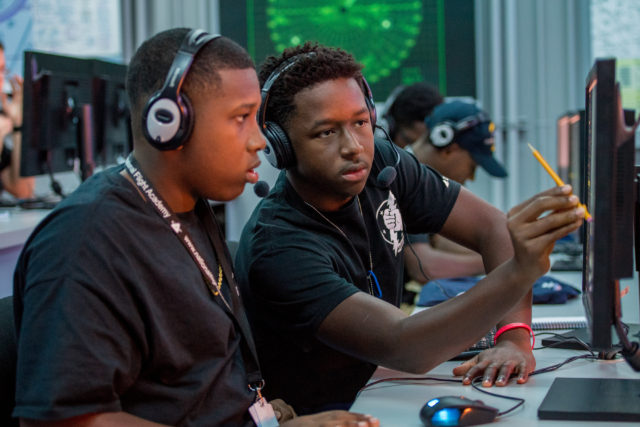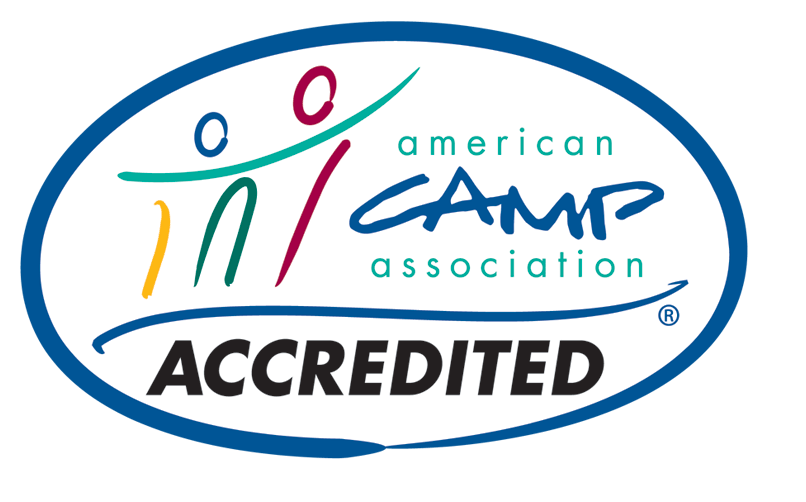National Flight Academy devastated by extended shutdown posted in News, NFA in the Press on July 6, 2020 in News, NFA in the Press on 7/6/2020

Source: Pensacola News Journal
For roughly the past seven months, the National Flight Academy at Naval Air Station Pensacola has been a world-class facility largely cut off from the outside world.
In March and April, the COVID-19 pandemic forced the closure of businesses and attractions across the nation. But even before that, a Dec. 6, 2019, shooting at NAS Pensacola caused the base to tighten security and significantly reduce public access to facilities such as the Flight Academy and the National Naval Aviation Museum.
And while it was necessary to limit outside traffic to ensure base security and protect public health, the access restrictions are slowly choking the lifeblood out the Flight Academy and the museum.
“Instead of having hundreds of thousands of people who have come through this year — having 6,000, 7,000, 8,000 in a day — we have none,” said retired Marine Lt. Gen. Duane Thiessen, president and CEO of the Naval Aviation Museum Foundation.
A subsidiary of the Naval Aviation Museum Foundation, the National Flight Academy is a facility where students learn math, science and technology skills while living, working and simulating missions on a four-story virtual aircraft carrier called AMBITION. More than 10,000 students have trained on the decks of the AMBITION, and beyond just STEM education, they come away with new skills in problem solving, communication and leadership.
Typically, the program houses up to 200 students per week, but in late June, the Academy announced it was suspending all summer programming in the face of COVID-19.
“This is all done with high tech and children collaborating as a team, and helping each other, and working with each other and learning together and striving together … so, there is nothing more counter to the design of the Flight Academy or our museum than COVID-19. Why? Because it’s based on interaction, in close proximity, up close and personal,” Thiessen said.
Quint Studer, who with his wife, Rishy, provides annual scholarships for local youth to visit the Flight Academy, said it was a tremendous loss for the community’s youth.
“The students that go are motivated, they learn things and come back to their school district saying, ‘I’m more motivated to stay in school and do better in science, or better in math,” Studer said. “All these kids aren’t going to get that educational experience that is really vital to them. A lot of these are economically disadvantaged youth that I think it’s so vital to get them a fair shot at success. The Flight Academy helps create that.”
In addition to the impacts on programming, the situation has been devastating on the staff and budget of the Flight Academy. Thiessen said while people tend to assume all of the museum and academy’s operations are government financed, much of their funding comes from the public.
“We raised money from sponsorships. We raised money from sales and souvenirs. We raised money from concessions. We raised money from various attractions and rides,” he said. “All that money we plowed back into the effort to support the museum. When the crowds are not here, none of that money happens. I had to go from 160 people in my foundation down to 37. I couldn’t even raise the salary payment.”
Thiessen said from a day-to-day perspective, there wasn’t a great deal people could do to support the academy and museum beyond sharing in their value, character and importance.
Without diminishing the value of other museums and other STEM academies, he said there are few other places where a person can walk up and touch a 100-year-old aircraft and spend six days immersed in the sights, smells and sounds of a modern aircraft carrier.
“This place is one of the most interactive, one of the most enjoyable and one of the most personal types of experiences a person can have in a museum or an academy setting,” Thiessen said. “But it’s based on people coming in and having that experience. Our mission is not just to preserve (artifacts) for 150 years, it’s to teach. But you have to have people come through for that mission to be accomplished.”
For more visit PNJ.com






